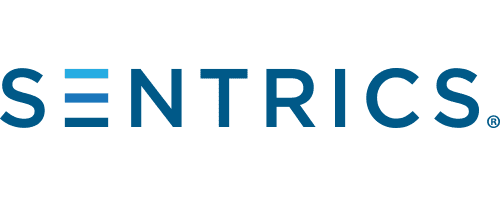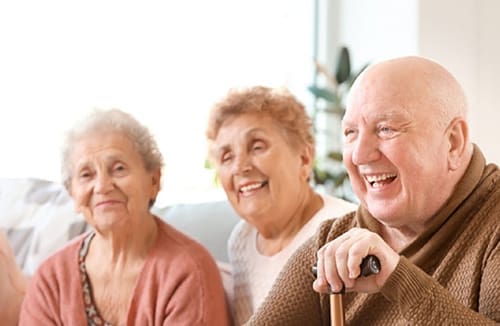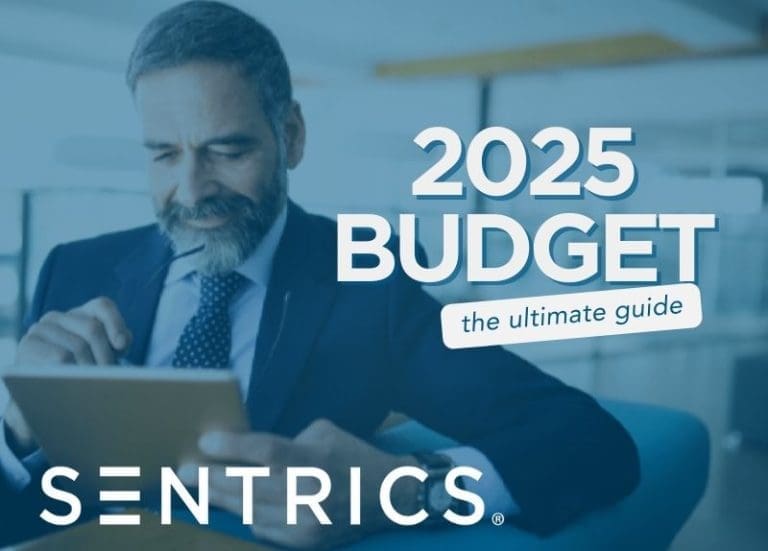In response to the COVID-19 pandemic, many senior living communities made the tough decision to lock their communities down. They cancelled visitations, closed dining halls and community centers, and stopped group activities. They asked residents to stay in their apartment for weeks, if not months, for their own safety.
Forced isolation has costs, especially to a resident’s health and wellbeing. And lockdowns were never meant to be a long-term solution; rather, a stopgap to buy time to learn more about the disease. Now that we are better prepared to manage and mitigate the risk of COVID-19–with the help of technology–senior living communities can reopen their communities safely.
Address Three Focus Areas
Understandably, the thought of reopening makes residents and family members nervous. Exposure remains a risk. And with flu season just around the corner, health experts are concerned about the viruses colliding; however, communities cannot stay locked down forever.
It’s time to provide residents with a sense of normalcy. What’s the best way to approach? Focus on COVID-19 protocols for three critical groups:
- Residents
- Community
- Visitors
#1 Protect Your Residents
For every senior living community, resident health and safety is the number one priority. While every contagion presents a concern, the CDC identification of seniors as the most at-risk population for COVID-19, forces communities to increase their safety protocols.
Leverage several strategies to prevent residents from catching contagious infections and minimize the spread should those fail including:
- Regular testing – Conduct testing regularly for both staff and residents. If a resident or staff member tests positive, you can send the employee home or isolate the resident to keep them from passing the virus.
- Contact tracing –One of the most effective ways to stop the spread, contact tracing helps you identify potential exposures, as long as you have the proper infrastructure in place. For instance, in South Korea, the country already had the technology in place thanks to the SARS outbreak. This allowed country officials to prevent the spread of COVID from ballooning out of control.
If using contact tracing at all, senior living communities are performing the analysis manually to identify—and then track—residents and staff back to an infected person. More sophisticated communities are using technology, including real time location services, to complete contact tracing and identify:
- Who was in contact with an exposed person?
- For how long?
- What was their proximity to that contact?
- With whom else did they come in contact (and potentially expose)?
New technology combines that RTLS-based data with powerful analytics to correlate and display exposure reports quickly so that staff can act fast to put protocols in place to protect both the individual as well as the community.
- Geofencing – The first step is to isolate the resident and keep them isolated. Leverage an RTLS-based geofence–or electronic border–around a resident’s apartment to alert a staff member if the resident leaves the room or another resident enters the room.
- Set Room Capacity Limits – Social distancing will remain the norm for the foreseeable future. This means that community rooms cannot hold as many people safely as they did pre-COVID. A dining hall that once held 60 residents comfortably may now be restricted to 15. RTLS technology can help you define room capacity limits and alert staff when that capacity exceeds the limit.
Safety protocols like this help slow the spread, and instill confidence in residents and their family members. This security supports their mental wellbeing.
#2 Keep Communities Safe
Once you’ve confidently protected individual residents, the next focal point is to focus on your community. Focus on three areas:
- Think outside of the box – How prepared were you for COVID-19? How quickly did you respond?
Businesses have been forced to adapt to the times. For instance, restaurants are creating outdoor seating, parents are building learning pods to stay on top of their kids’ education. Similarly, senior living communities need to adapt too, and many are turning to in-room engagement technologies that can help residents:
- Communicate with their families and medical experts
- Stay entertained and active with retirement home TV programming and games
- Focus on their behavioral and physical health with in-room exercises and additional tools to help evaluate and address a resident’s mental state
- Monitor the Health of Caregivers and Staff – The health of your staff should be just as important as that of your residents. It’s vital that you demonstrate to staff that their safety is a priority:
- Perform daily temperature checks and conduct regular COVID testing
- Provide each staff member with a location tracker that identifies the residents with which they have interacted in case a outbreak occurs and you need to conduct contact tracing
- Restructure schedules to minimize contact
- Rearrange Social Areas – To maintain social distancing and maximize the space in your community, it may be necessary to rearrange the layout for social areas; steps include:
- Set up safe boundaries for activities and dining, and then limit the number of people allowed to participate at any given time
- Expand your culinary wellness program to provide “immune-boosting” meals as well as nutritional supplements
- Create rules and guidelines for how residents can safely interact amongst each other and staff
- Limit resident transportation to one resident at a time
- Give residents the ability to participate in “group events” from their rooms by broadcasting those events over a community channel
By tailoring your actions to your community’s specific needs, you’ll have a better chance of keeping both residents and staff safe and healthy.
#3 Manage Visitors Safely
Every visitor could carry and spread COVID before symptoms occur. You must treat all visitors the same, regardless of their status (family, friends, outside healthcare workers and vendors).
- Check for the illness – Temperatures checks, COVID tests completed prior to arrival, check-in surveys, and personal protective equipment as routine today. Some communities restrict visitor access to just one building, while others may only allow visitors access to a single location within a building or community
- Plan for a breach – What happens when a breach occurs? To respond quickly, you’ll need information about where, when, with whom and for how long the visitors interacted with each resident, employee and visitor. The best way to ensure that you can capture this data is to give every person a tracker when on campus so you can conduct contact tracing later.
- Set visitation protocols – Whether it’s social distancing, route strategy, or community mapping, there are a variety of protocols you can put in place to increase safety. Two alternative ways to manage visits, include:
- Create new spaces for residents to connect virtually with both family and medical providers
- Explore new opportunities for in-person visits, such as the introduction of outdoor living rooms
All of these precautions will help you reopen in the smartest and safest possible way.
Finally, share open, honest and frequent communications about safety and the measures being taken to protect residents with the residents themselves and their family members. People are scared and they have questions. Constant communication can go a long way during this time.
Some communities communicate with daily emails, others have employed a COVID hotline, with a pre-recorded message. Whatever method you choose, do it consistently.
Sentrics Helps You Take Proactive Measures to Reopen the Right Way
The health and safety of your residents is always the utmost concern for you and for us. Sentrics has been serving senior living communities for decades. Your residents are part of our family too.
We are here to help you reopen with confidence. We want to be your technology partner. This is where Sentrics360SM comes in.
Sentrics360 provides a comprehensive and integrated suite of data-driven solutions that provide you with a 360-degree view of residents. Armed with this knowledge, you can go from being reactive to COVID to being proactive about reducing the chances of, and the impact of, an outbreak.
Are you ready to reopen? We’re here to help.
Sources:
- NIH. Social isolation, loneliness in older people pose health risks. https://www.nia.nih.gov/news/social-isolation-loneliness-older-people-pose-health-risks
- New York Times. The Fear of Coronavirus and Flu Colliding in the Fall. https://www.nytimes.com/2020/04/22/health/coronavirus-flu-season-deaths.html
- CDC. Coronavirus Older Adults. https://www.cdc.gov/coronavirus/2019-ncov/need-extra-precautions/older-adults.html



